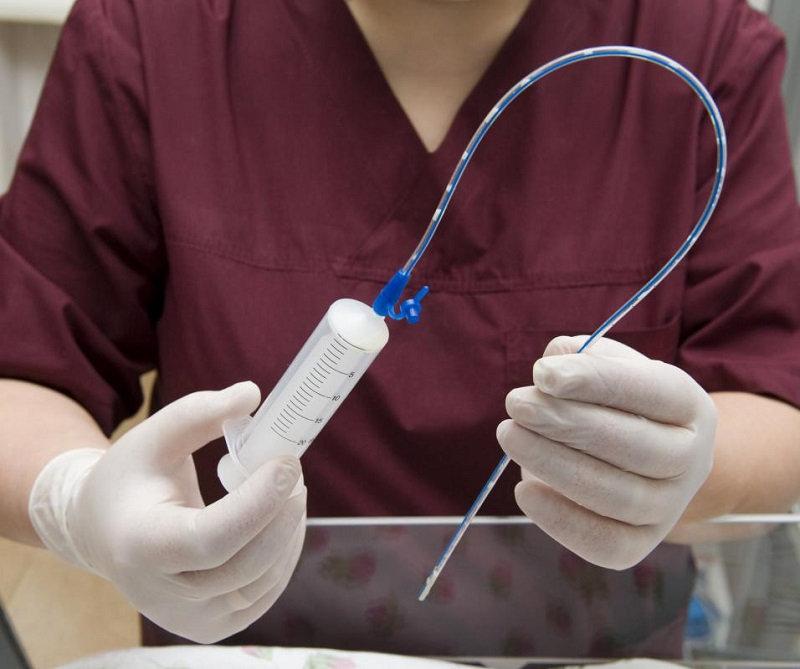The feeding tube market plays a crucial role in the healthcare sector by providing essential nutritional support to patients who cannot eat orally. Given the sensitive nature of these medical devices, strict regulations and compliance standards govern their manufacturing, distribution, and use.
Overview of Feeding Tubes
Feeding tubes, also known as enteral feeding devices, deliver nutrition directly to a patient’s stomach or intestines. These devices are vital for individuals with conditions such as stroke, cancer, or neurological disorders. The safety and effectiveness of feeding tubes are paramount, making regulatory oversight critical to ensure patient well-being.
Key Regulatory Bodies and Frameworks
1. U.S. Food and Drug Administration (FDA)
In the United States, the FDA is the primary regulatory body overseeing the feeding tubes market. The FDA classifies feeding tubes as medical devices, subjecting them to strict premarket approval and post-market surveillance requirements. Manufacturers must provide evidence of safety and effectiveness through clinical trials and submit a 510(k) application for most feeding tube products.
2. European Medicines Agency (EMA)
In Europe, the EMA governs the approval and regulation of medical devices, including feeding tubes. The introduction of the Medical Device Regulation (MDR) in May 2021 has heightened regulatory scrutiny, requiring manufacturers to conduct more rigorous assessments of device safety and performance. Compliance with the MDR ensures that feeding tubes meet stringent quality standards throughout their lifecycle.
3. International Organization for Standardization (ISO)
ISO develops international standards that guide best practices in manufacturing and quality management for medical devices. ISO 13485, which outlines the requirements for a quality management system, is particularly relevant for feeding tube manufacturers. Adhering to ISO standards can enhance product quality and facilitate market access globally.
Importance of Compliance and Standards
1. Patient Safety
The foremost reason for regulatory compliance in the feeding tube market is to ensure patient safety. Regulations are designed to minimize risks associated with device use, such as infections, blockages, or adverse reactions. By adhering to established standards, manufacturers can help protect patients and improve health outcomes.
2. Quality Assurance
Compliance with regulatory standards ensures that feeding tubes are produced under controlled conditions, leading to consistent quality. Rigorous testing and quality management practices reduce the likelihood of product failures, enhancing trust among healthcare providers and patients.
3. Market Access
Regulatory compliance is essential for gaining market access. Products that meet the necessary standards can be marketed and sold in various regions, expanding a manufacturer’s reach. Conversely, non-compliance can lead to product recalls, legal liabilities, and damage to a company’s reputation.
Challenges in Navigating Regulations
1. Complexity of Regulations
The regulatory landscape for feeding tubes can be complex, with varying requirements across different regions. Manufacturers must navigate a maze of local, national, and international regulations, which can be time-consuming and resource-intensive.
2. Keeping Up with Changes
Regulatory standards are continuously evolving. Staying updated with the latest changes in regulations, such as the transition from the Medical Device Directive (MDD) to the MDR in Europe, can be challenging for manufacturers. Non-compliance due to outdated knowledge can lead to significant repercussions.
3. Resource Constraints
Smaller manufacturers may struggle with the resources required to meet regulatory standards. The costs associated with compliance—such as conducting clinical trials, maintaining quality management systems, and obtaining necessary certifications—can be prohibitive, potentially stifling innovation and competition.
Strategies for Ensuring Compliance
1. Invest in Regulatory Expertise
Manufacturers should invest in regulatory affairs professionals who are knowledgeable about the relevant regulations and standards. These experts can guide companies through the approval process and ensure ongoing compliance.
2. Implement Robust Quality Management Systems
Establishing a strong quality management system (QMS) in line with ISO 13485 can enhance compliance and product quality. Regular audits and quality checks help identify potential issues before they become critical.
3. Engage in Continuous Training
Providing ongoing training for staff on regulatory requirements, quality assurance practices, and industry trends is essential. A well-informed team can better navigate compliance challenges and respond proactively to regulatory changes.



